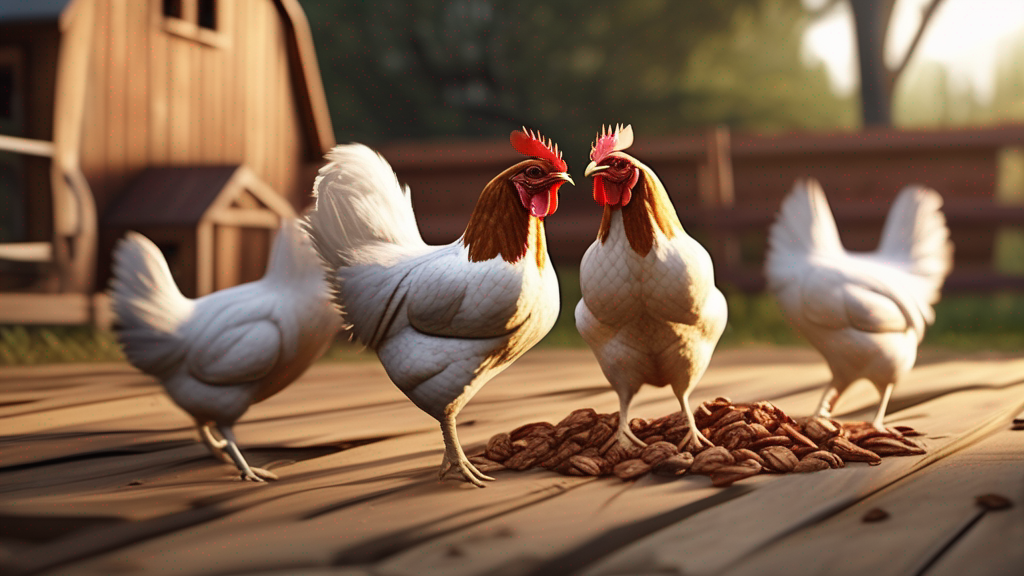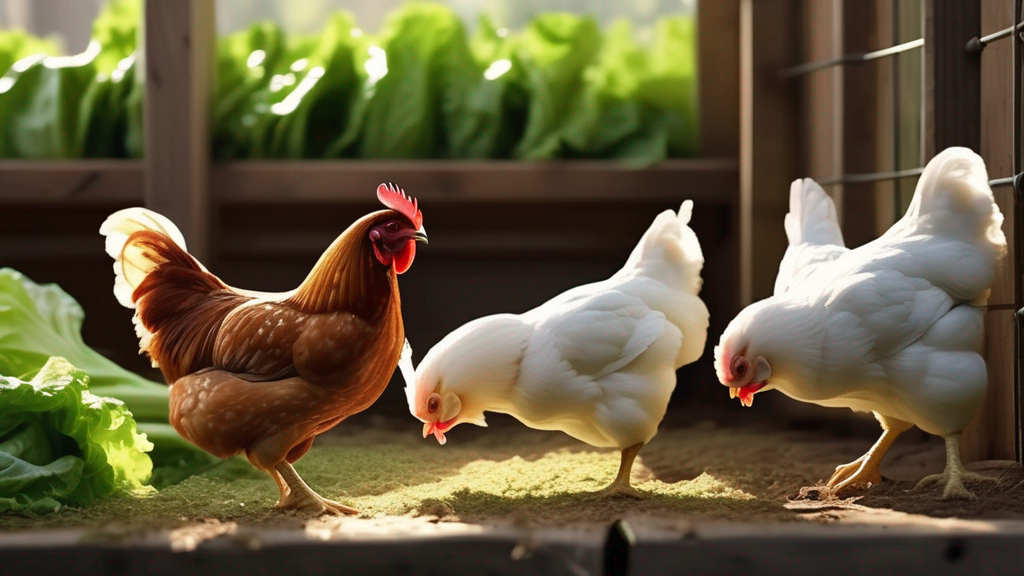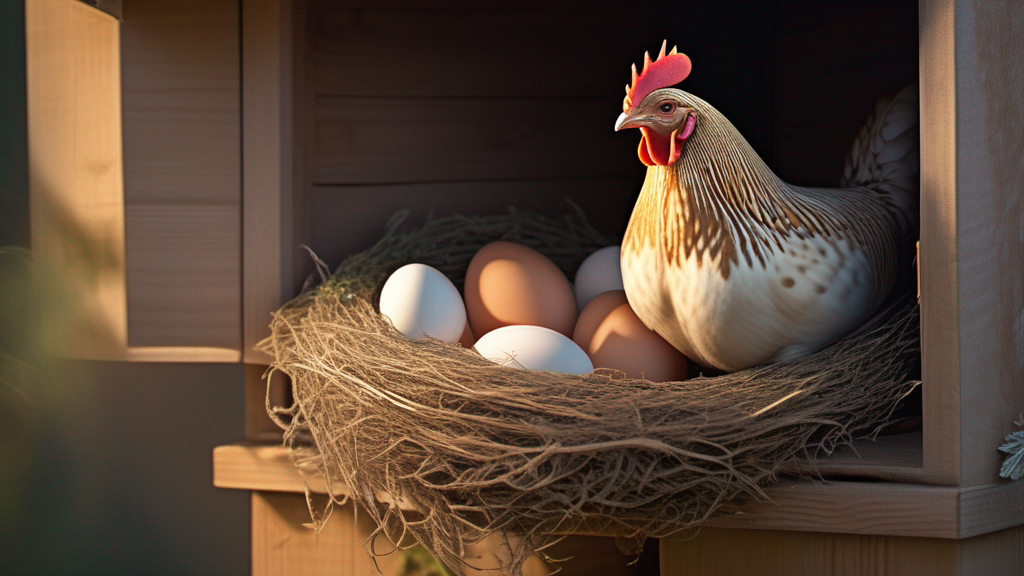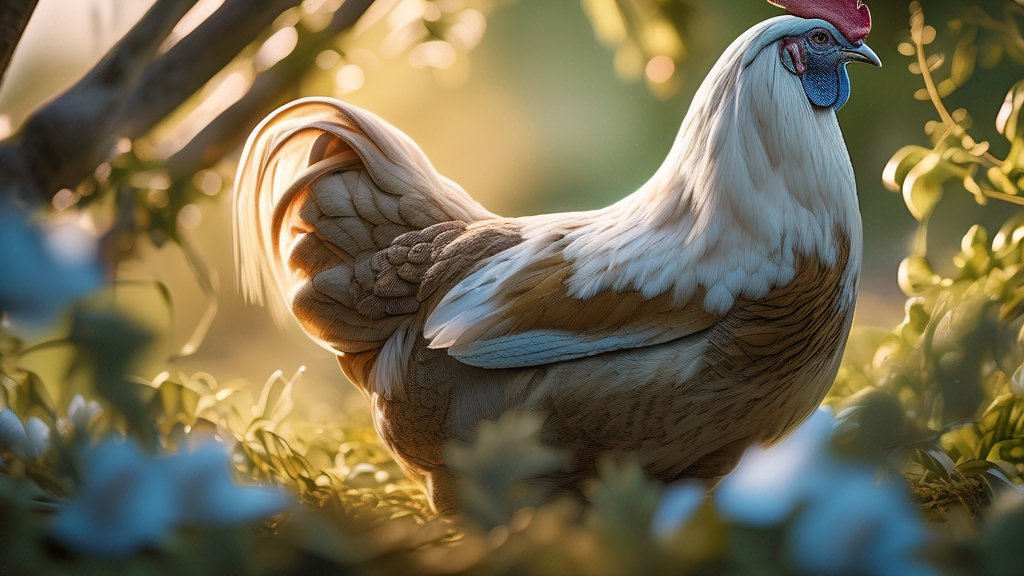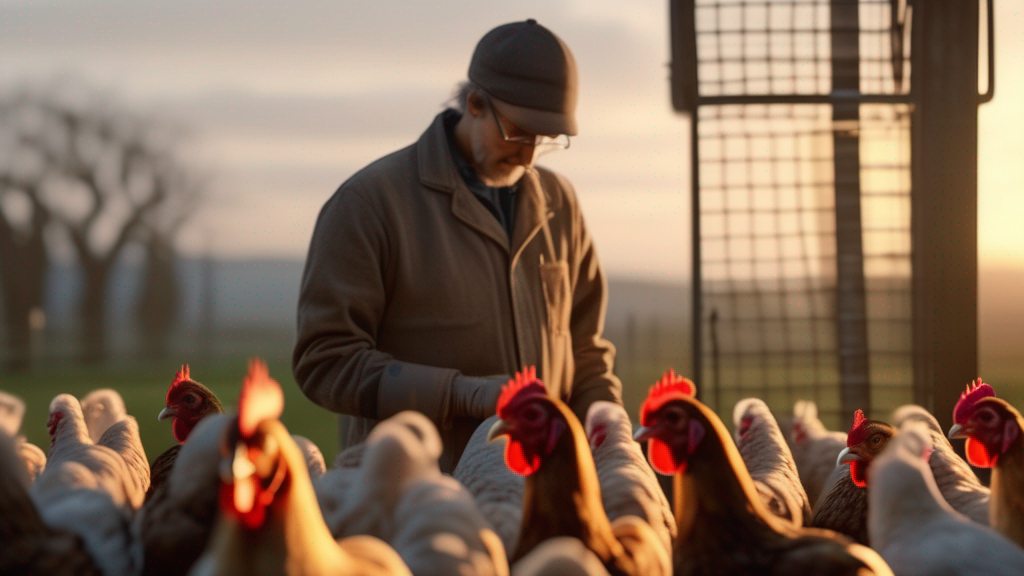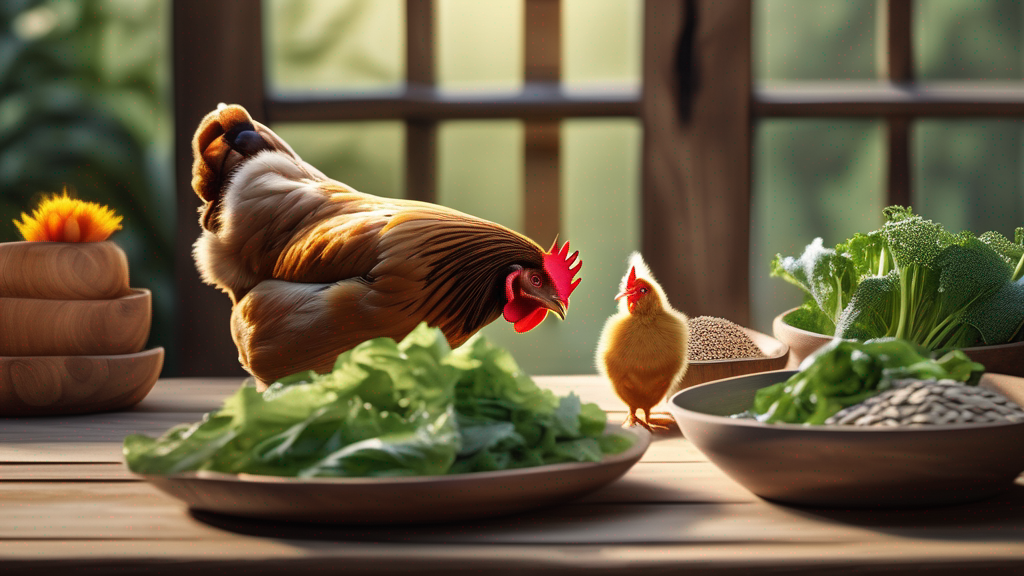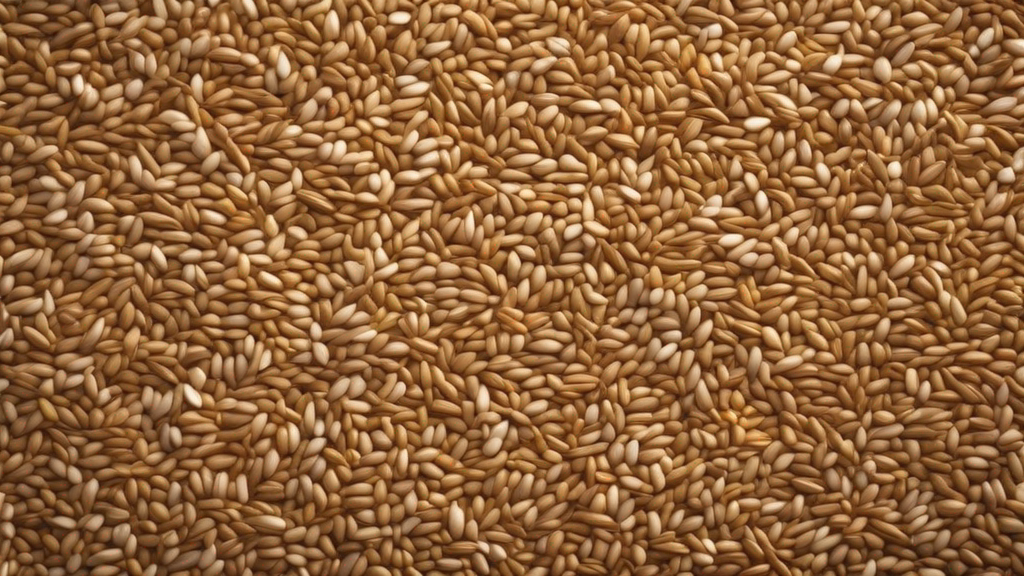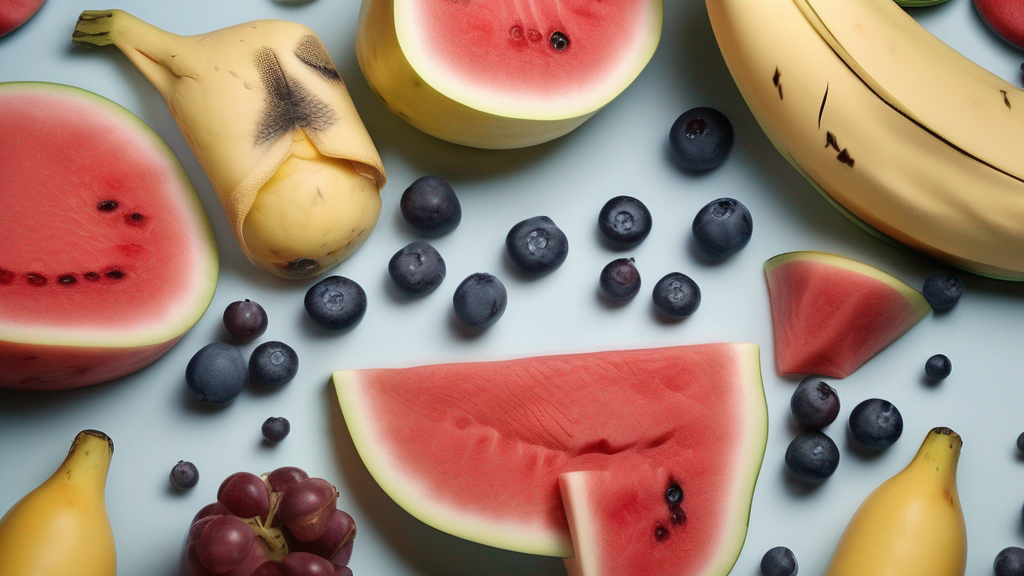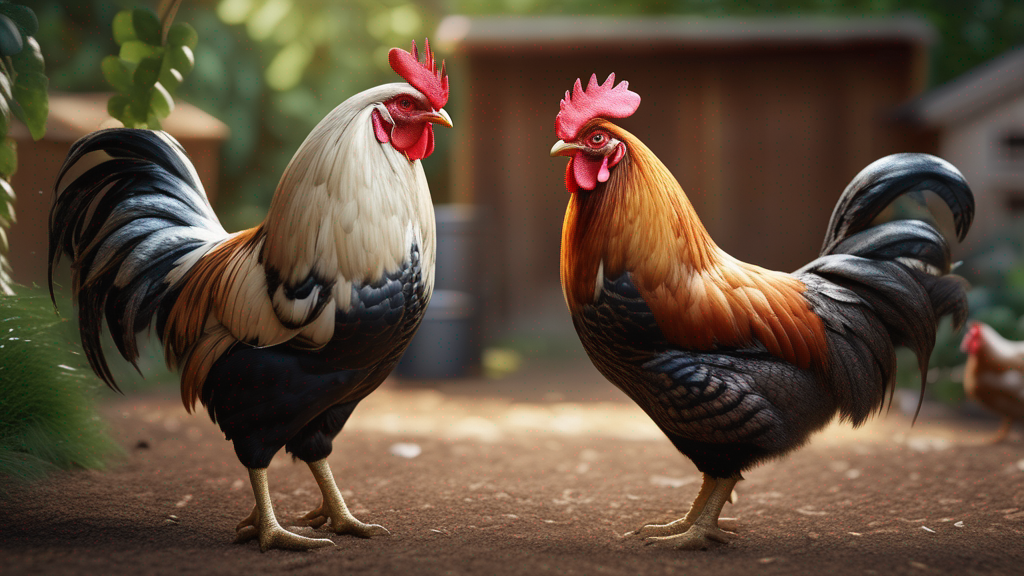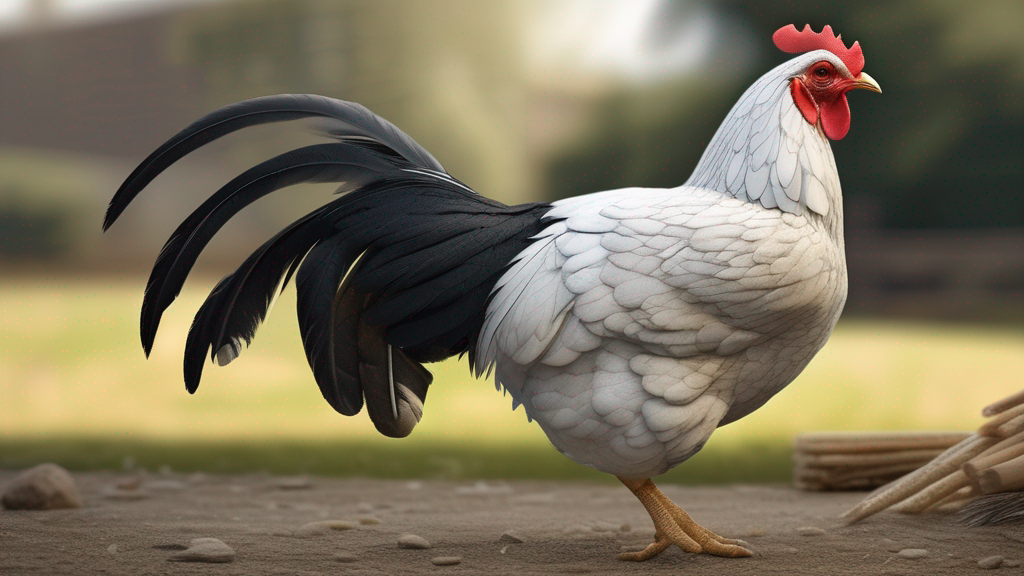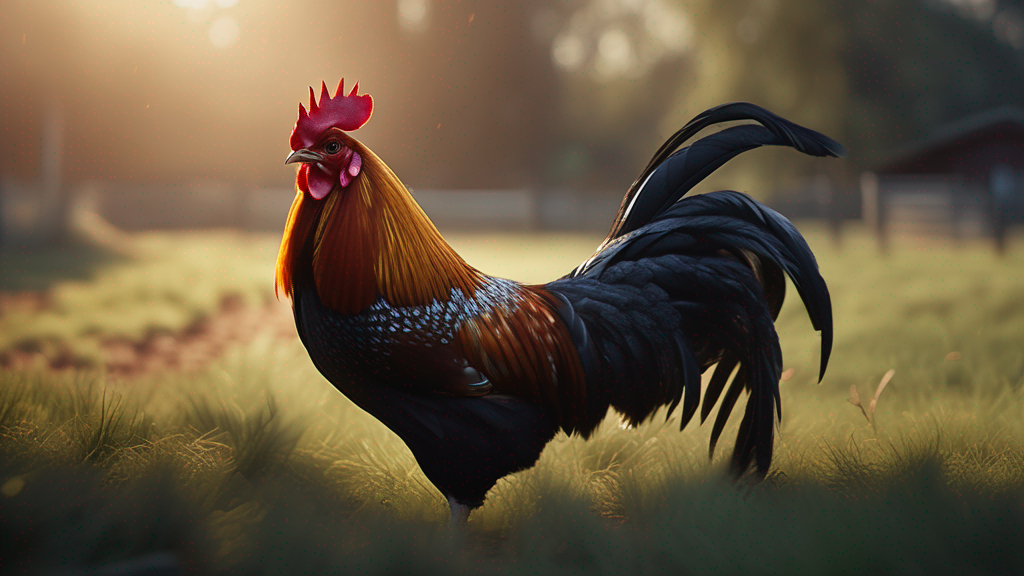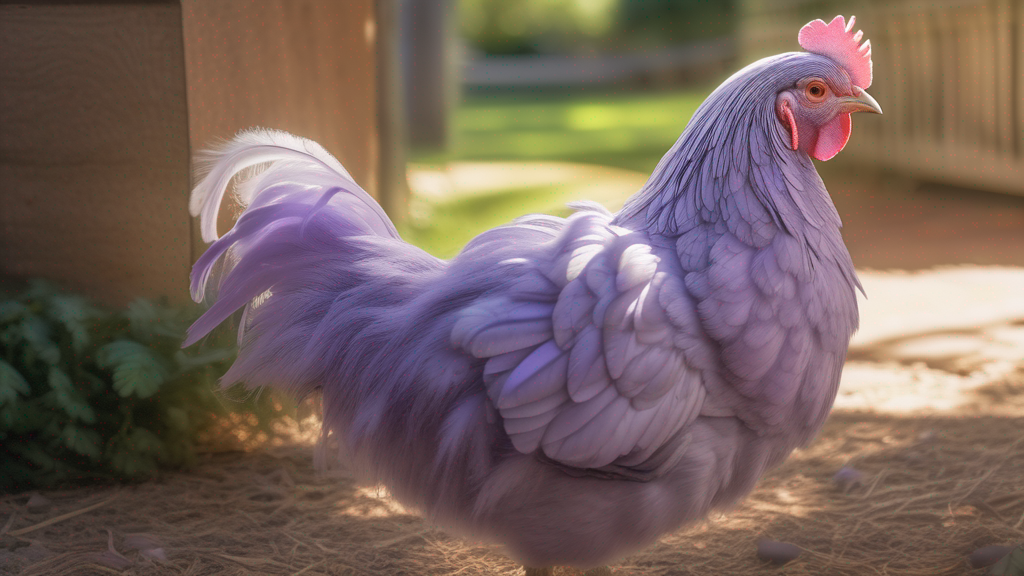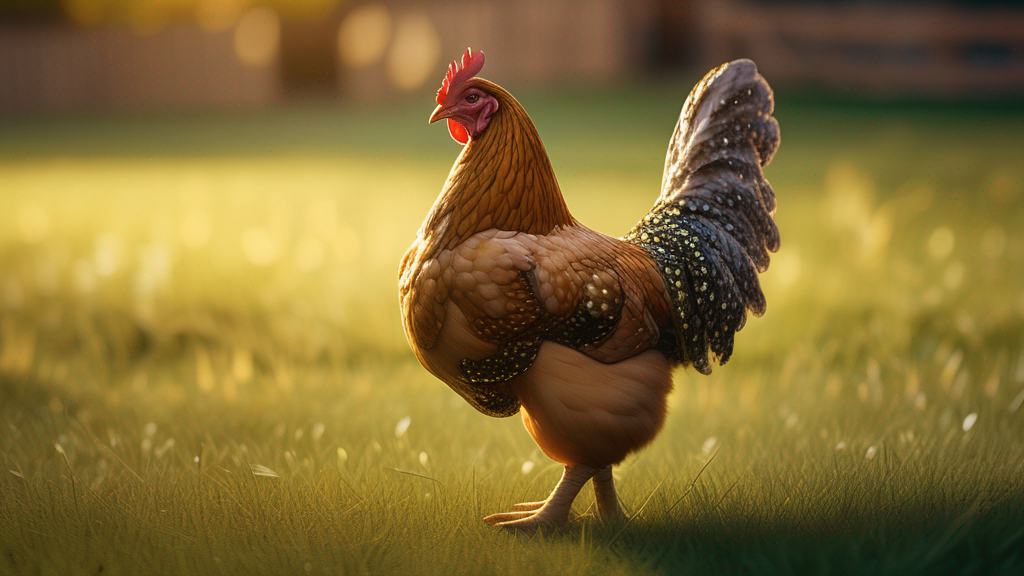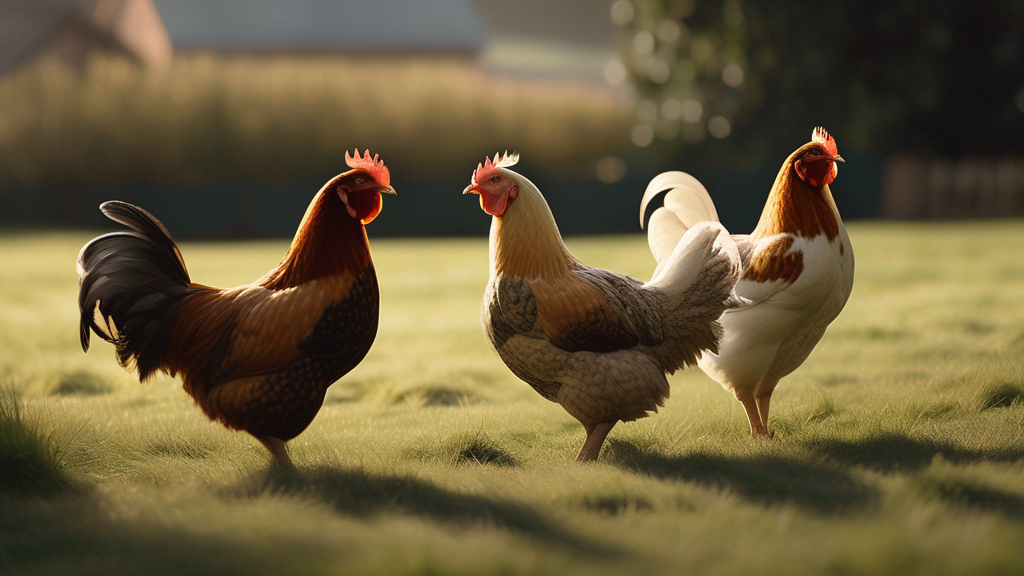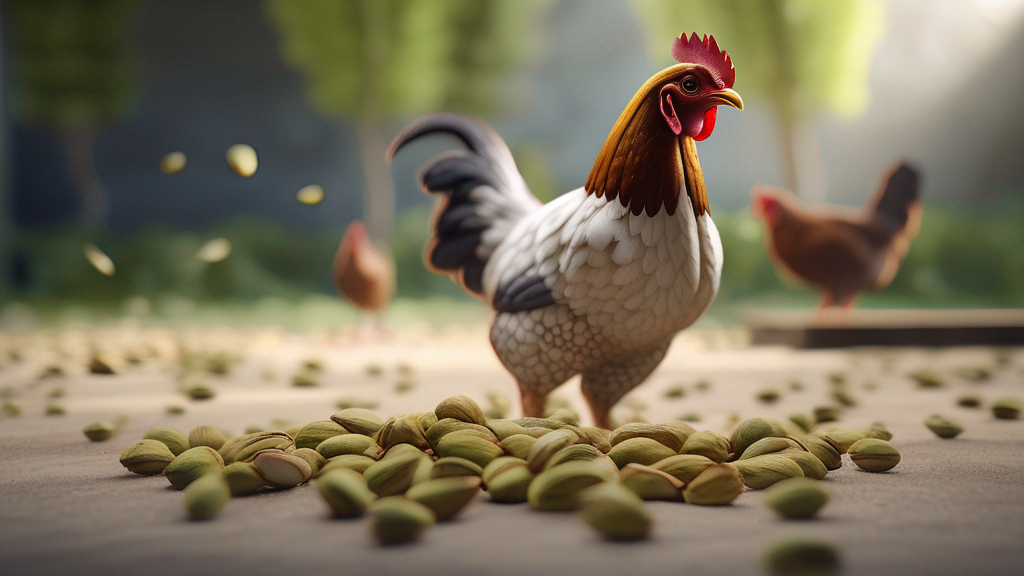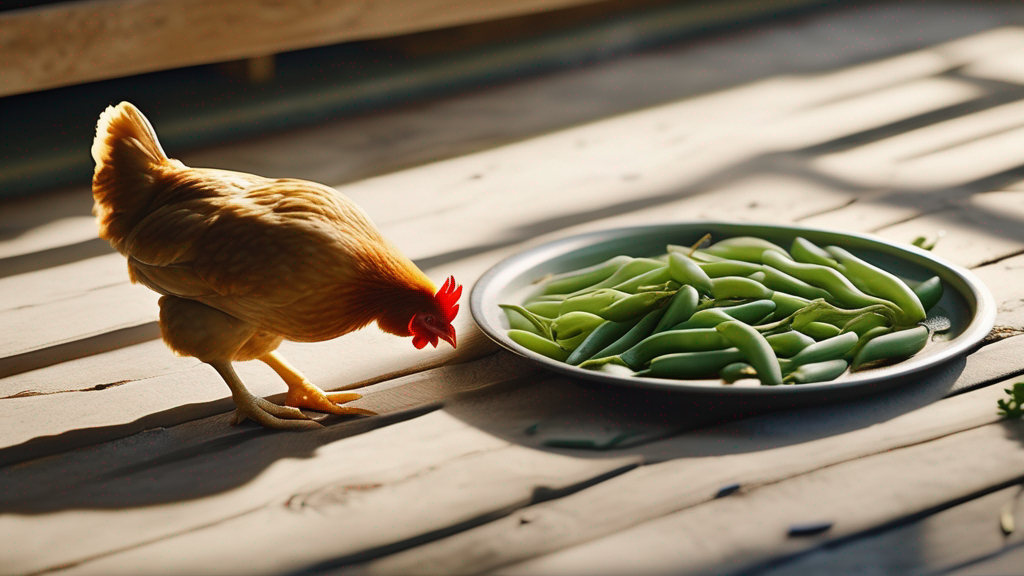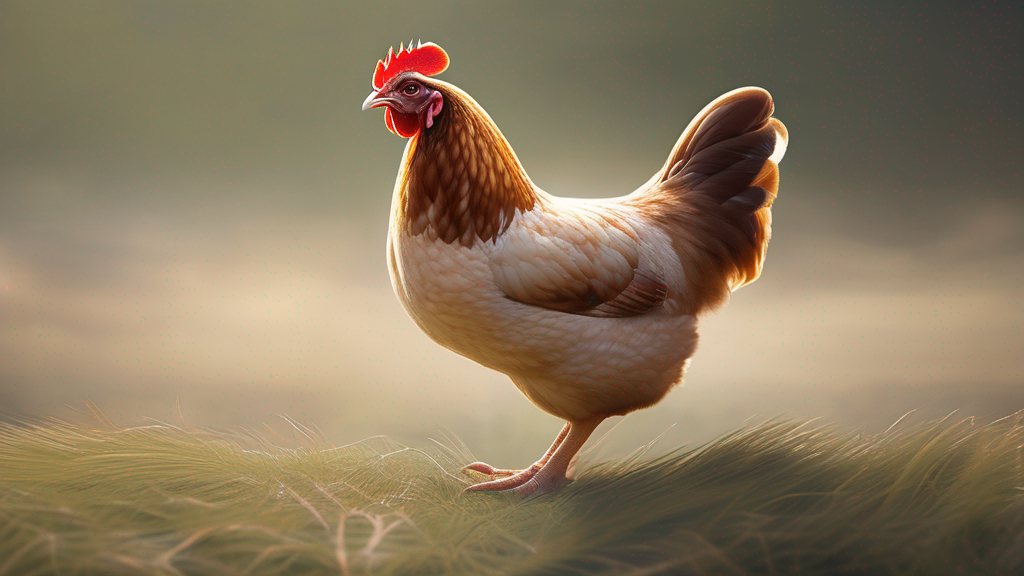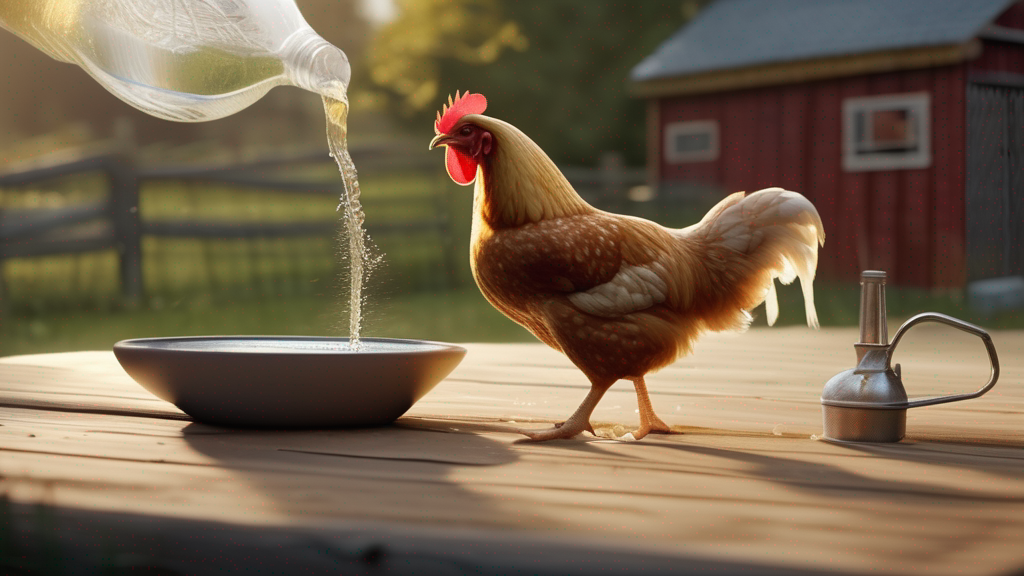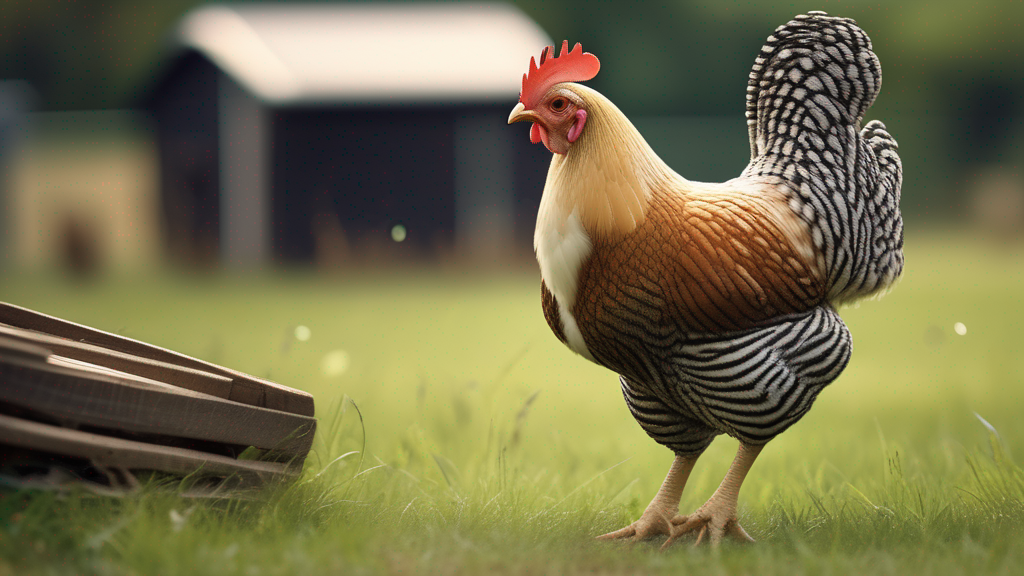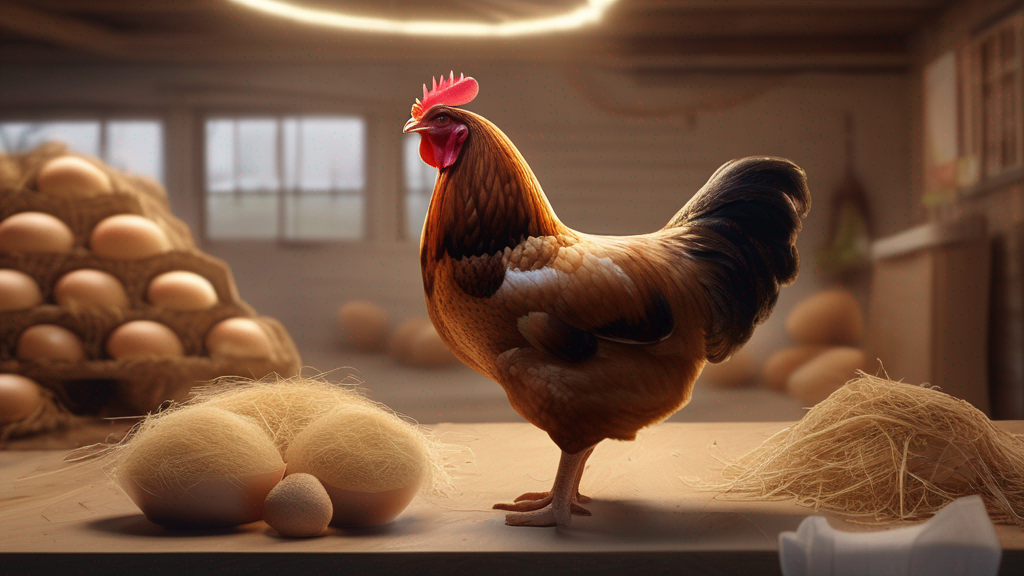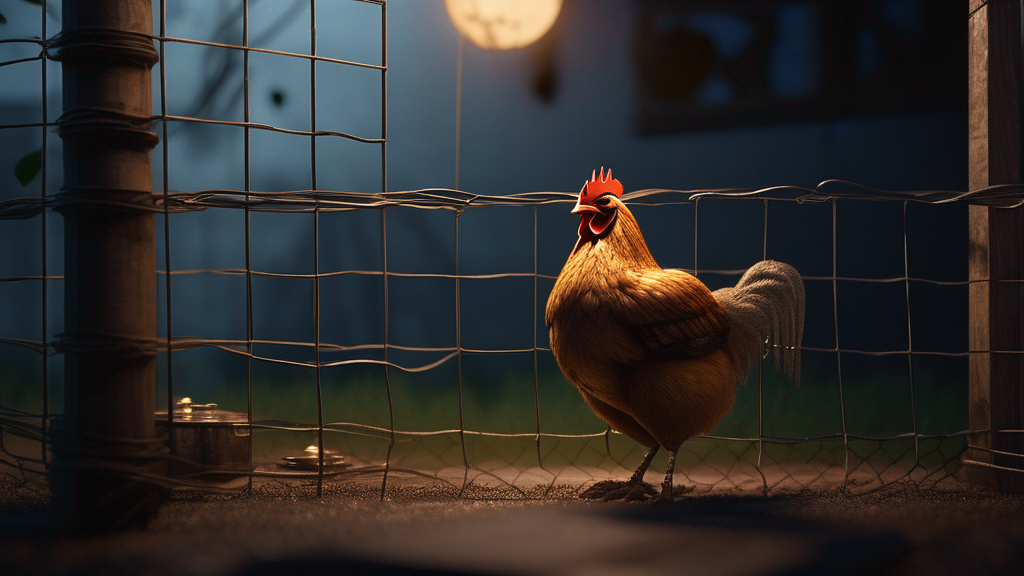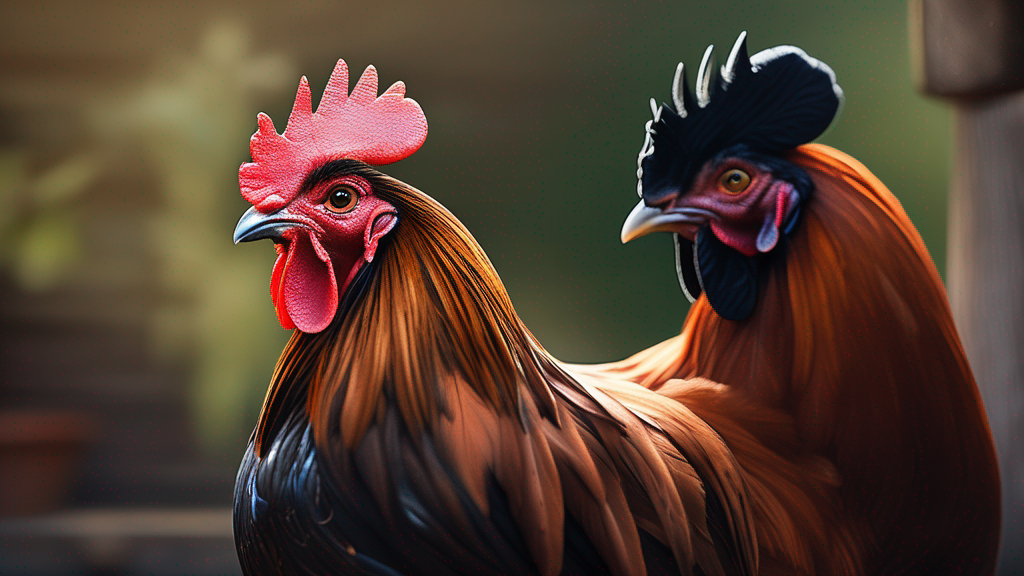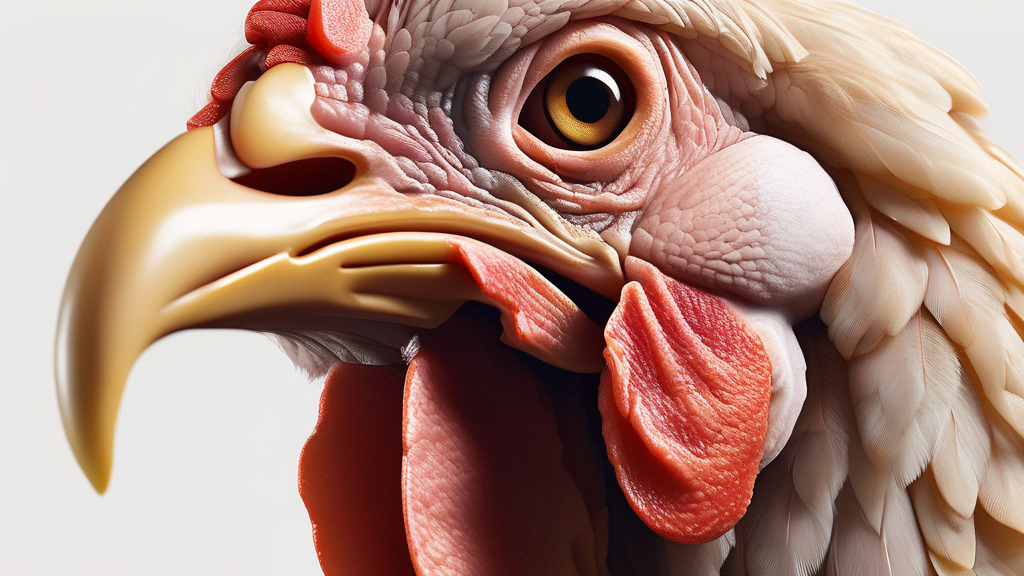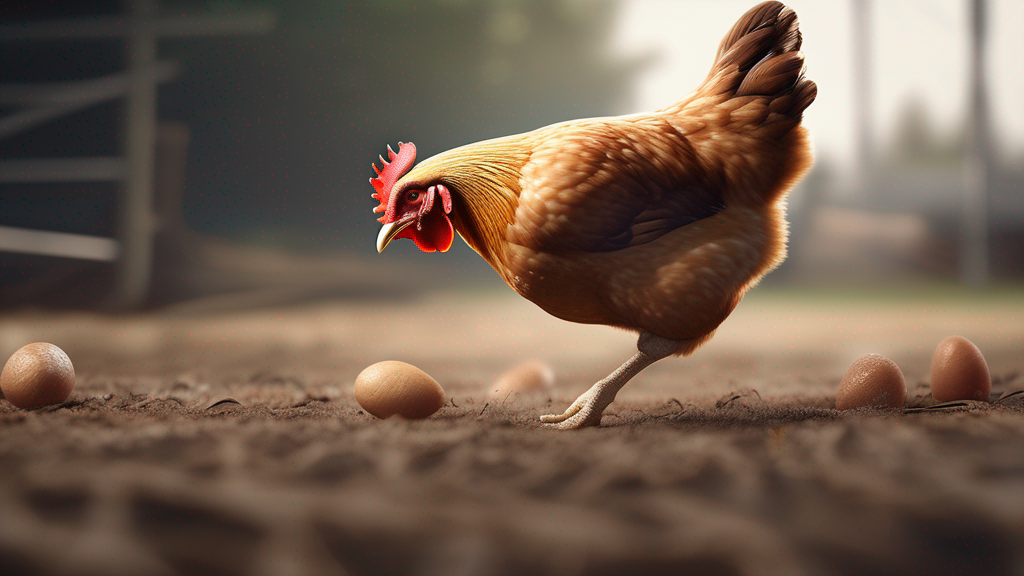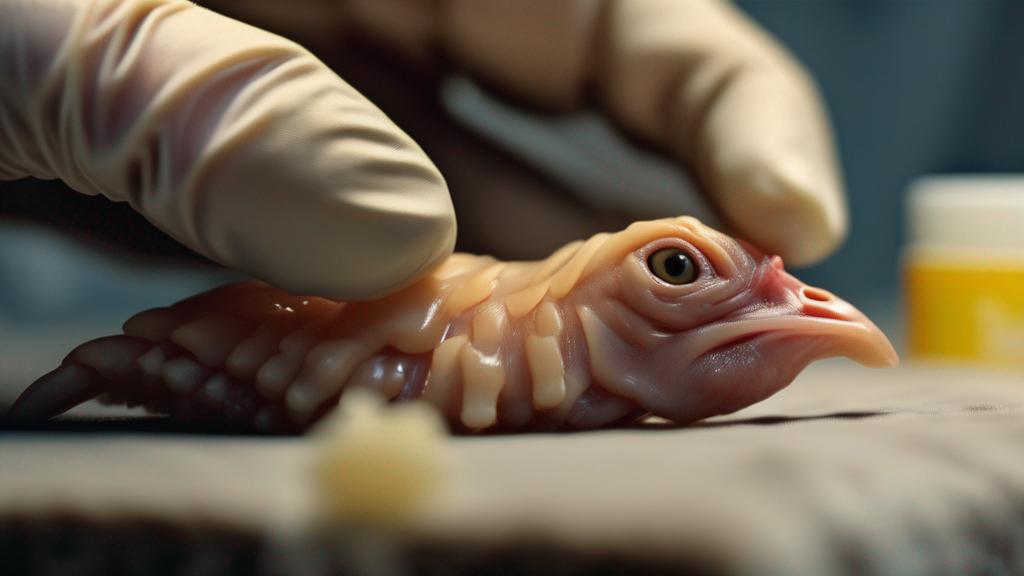Pistachios are a delicious, nutrient-dense snack for humans—but can chickens safely enjoy them too? In this comprehensive guide, we’ll examine the nutritional profile of pistachios, potential benefits and risks for your flock, proper preparation and serving methods, frequency guidelines, comparisons with other nuts, expert insights, and practical feeding advice. By the end, you’ll understand whether and how to include pistachios as an occasional treat in a balanced diet for your chickens.
Why Consider Pistachios for Chickens?
Chickens are omnivores and natural foragers, often pecking at seeds, nuts, insects, and plant material. Nuts like pistachios are high in healthy fats, protein, and micronutrients. In moderation, they may offer enrichment and supplemental nutrients, especially during periods when extra energy is useful (e.g., molting or cold weather). However, nuts also come with potential downsides: high fat content, choking hazards, anti-nutritional factors, and cost considerations. This guide helps you weigh pros and cons and make informed decisions.
Nutritional Profile of Pistachios
Pistachios are prized for their nutrient density. Below is an approximate breakdown per 100 grams of raw, shelled pistachios (unsalted):
| Nutrient | Amount per 100g |
|---|---|
| Calories | 559 kcal |
| Protein | 20.3 g |
| Fat | 45.3 g |
| Carbohydrates | 27.5 g |
| Fiber | 10.3 g |
| Calcium | 105 mg |
| Iron | 4.0 mg |
| Magnesium | 121 mg |
| Phosphorus | 490 mg |
| Potassium | 1025 mg |
| Vitamin B6 | 1.7 mg |
| Vitamin E (tocopherol) | 2.3 mg |
| Monounsaturated Fat | 23.3 g |
| Polyunsaturated Fat | 13.3 g |
Key takeaways:
- High in calories and fat: provides concentrated energy but can lead to obesity or fatty liver if overfed.
- Good protein source: supports feather growth and tissue repair during molt or recovery.
- Rich in minerals (magnesium, phosphorus, potassium): may support metabolic functions in moderation.
- Contains healthy fats (monounsaturated and polyunsaturated): beneficial for energy, but excess fat intake poses risks.
- Moderate vitamin content (B6, E): antioxidant support, nerve function, though chickens generally obtain vitamins from balanced feed.
Potential Benefits for Chickens
When offered sparingly, pistachios can serve multiple roles in chicken care:
- Energy Boost: High-calorie content can help chickens maintain body weight in cold weather or during increased energy demands (molt, broodiness, illness recovery).
- Protein Supplement: Additional protein supports feather regrowth during molt and overall tissue repair.
- Mineral Intake: Magnesium and phosphorus may contribute to metabolic processes; potassium supports electrolyte balance.
- Enrichment & Foraging: Offering pistachio pieces or shells encourages natural pecking behavior and mental stimulation.
- Antioxidant Support: Vitamin E and certain phytochemicals in nuts may have mild antioxidant benefits, though primary sources are feed and greens.
However, these benefits must be balanced against potential downsides, and pistachios should not replace balanced feed or more cost-effective protein sources.
Risks and Considerations
Before introducing pistachios to your flock, be aware of potential risks:
- High Fat Content: Overfeeding can lead to obesity, fatty liver syndrome, and reduced overall health. Chickens on high-fat diets may reduce intake of balanced feed.
- Choking Hazard: Whole pistachios or large pieces can cause choking, especially in younger or smaller birds. Shells may present a hazard if not managed properly.
- Salted or Flavored Nuts: Many store-bought pistachios are salted or seasoned. Excess sodium or flavors (spices, coatings) can harm chickens. Always use unsalted, unseasoned nuts.
- Mycotoxin Risk: Nuts can harbor molds if stored improperly. Moldy pistachios may contain aflatoxins harmful to poultry. Only offer fresh, high-quality nuts.
- Cost Consideration: Pistachios are relatively expensive compared to other treat options or protein sources like mealworms or sunflower seeds. Use sparingly, focusing on enrichment rather than routine feeding.
- Digestive Upset: Sudden introduction or large quantities can cause diarrhea or digestive disturbances due to high fat and fiber content.
- Allergic Reactions: Rarely, individual chickens may have sensitivity to certain foods; monitor for adverse reactions after first introductions.
How to Prepare and Serve Pistachios Safely
Proper preparation minimizes risks and ensures safe consumption:
1. Choose Unsalted, Unseasoned Pistachios
Purchase raw or dry-roasted, unsalted pistachios without flavor coatings or additives. Avoid salted, honey-roasted, or flavored varieties.
2. Remove Shells or Use Shelled Nuts Appropriately
- Shell as Enrichment: Empty shells scattered in run or coop can serve as foraging enrichment—chickens peck shells and may find small leftover bits. However, ensure shells are clean, free of sharp edges, and do not contain mold or debris.
- Shelled Pistachios: To feed the nut itself, use shelled pistachios. Crushing or chopping into smaller pieces reduces choking risk and makes digestion easier.
3. Crush or Chop into Small Pieces
Finely chop or crush pistachios so pieces are bite-sized (e.g., pea-sized or smaller) especially for younger birds. This reduces choking hazard and aids digestive processing.
4. Mix with Other Ingredients
- Combine with Grains: Mix small pistachio pieces into scratch grains (oats, cracked corn) to dilute fat content and encourage gradual consumption.
- Blend with Greens: Scatter chopped pistachios among leafy greens (kale, lettuce) or vegetable scraps for balanced treat mixtures.
- Mash into Feed Mash: For chicks or birds with difficulty pecking, incorporate tiny pistachio bits into a feed mash or yogurt-based treat for easier intake.
5. Portion Control
Due to high calorie and fat, limit pistachio treats to a very small percentage of total diet:
- Frequency: Offer pistachio treats no more than once every 1–2 weeks, or less often depending on flock health and context.
- Quantity: For a flock of 4–5 adult hens, total pistachio content might be limited to a few grams per bird per treat session (e.g., 2–3 small pieces each). Adjust proportionally for flock size.
- Treat Percentage: Ensure total treats (all combined) remain under 5–10% of daily intake, with pistachios as a small fraction within that limit.
When to Offer Pistachios
Consider specific situations where a small pistachio treat could be beneficial:
- Cold Weather: Extra energy-dense treats help chickens maintain body heat. Offer tiny portions of pistachio pieces mixed into other treats.
- Molt: Additional protein and energy can support feather regrowth. Offer a small pistachio-protein treat combined with insect-based treats (mealworms) during molt.
- Recovery from Illness or Stress: After mild illness or stress (e.g., vaccination, heat stress), a nutrient-rich snack can encourage caloric intake. Monitor carefully to ensure no digestive upset.
- Enrichment Activities: Use pistachio shells or small pieces embedded in treat puzzles, scatter in litter for foraging to reduce boredom and pecking behavior.
- Special Occasions: Occasional special treat for keeper-bird bonding or to reward flock during coop cleaning or other routine tasks.
Always monitor flock response; if any bird shows negative reaction (reduced feed intake, diarrhea), discontinue pistachio treats.
Comparison: Pistachios vs. Other Nuts and Treats
Comparing pistachios to other common nut or treat options helps contextualize their use:
| Treat | Protein (per 100g) | Fat (per 100g) | Calories (per 100g) | Suitability for Chickens |
|---|---|---|---|---|
| Pistachios | 20.3 g | 45.3 g | 559 kcal | Occasional treat only; high fat/calorie; small chopped portions mixed with other feeds |
| Almonds | 21.1 g | 49.9 g | 579 kcal | Similar caution as pistachios; unsalted and finely chopped; less common due to high cost |
| Sunflower Seeds | 20.8 g | 51.5 g | 584 kcal | Popular treat; high fat but often offered in moderation; shells can serve as enrichment |
| Peanuts | 25.8 g | 49.2 g | 567 kcal | Common treat; unsalted, roasted/raw; risk of aflatoxin if moldy; portion control important |
| Mealworms (dried) | 50.0 g | 24.0 g | 500 kcal | Highly recommended protein treat; moderate fat; beneficial during molt or cold weather |
| Oats (rolled) | 13.2 g | 6.9 g | 389 kcal | Safe, moderate treat; lower fat and calorie; good bulk for mash or scratch mix |
| Corn (cracked) | 9.4 g | 4.7 g | 365 kcal | Common scratch; moderate energy; safe in moderation; can be main treat in winter |
Observations:
- Pistachios, almonds, peanuts, and sunflower seeds are high-fat, high-calorie nuts/seeds—use sparingly, with pistachios being no different in caution level.
- Mealworms provide higher protein with moderate fat; often preferable for molt or growth support over tree nuts.
- Oats and cracked corn are lower in fat/calories and more cost-effective for routine treats; nuts like pistachios fit only special, infrequent roles.
Monitoring Flock Health & Responses
Whenever introducing any new treat including pistachios, observe flock closely:
- Feed Intake: Ensure chickens continue consuming primary balanced feed. If pistachio treats reduce feed intake, reduce or eliminate nuts.
- Body Condition: Feel keel bone and breast muscle to monitor weight. Excessive fat deposition signals need to cut back high-calorie treats.
- Droppings: Watch for diarrhea or abnormal droppings after treat introduction. Digestive upset indicates treat quantity too high or frequency too great.
- Behavior: Note foraging interest and enrichment benefits; if birds show excitement but balanced feed remains, small-scale treat can continue occasionally.
- Egg Production & Shell Quality: Monitor egg numbers and shell strength. Significant declines may mean nutrient displacement; adjust treat regimen accordingly.
Expert Tips & Keeper Insights
- “Nuts like pistachios offer interesting enrichment but should be used sparingly due to high fat content. I prefer mealworms or sunflower seeds for routine protein treats.” – Poultry Nutrition Specialist.
- “During molt, a small nut mix including chopped pistachios, sunflower seeds, and mealworms can boost both interest and nutrition—provided overall treat portion stays low.” – Backyard Chicken Magazine.
- “Always check for mold in nuts. Aflatoxin contamination in peanuts and pistachios can be severe for chickens. Store nuts in cool, dry conditions and discard any with off-odors or visible mold.” – Veterinarian advice.
- “Use pistachio shells as part of foraging scattering: clean shells with no salt or seasoning, broken into smaller fragments, give chickens something to peck at—just monitor ingestion of shell fragments.” – Homesteader Journal.
FAQs: Feeding Pistachios to Chickens
1. Can chicks eat pistachios?
Not recommended for very young chicks. Their digestive systems are delicate, and chewing ability is limited. If offering at all, wait until at least 8–10 weeks, and even then provide only tiny crushed pieces mixed into mash. Better to focus on starter feed until maturity.
2. How often can I give pistachios to adult chickens?
Occasionally—no more than once every 1–2 weeks, and only a few small pieces per bird per session. Keep overall treat percentage under 5–10% of diet, with pistachios as a minor component.
3. Should I remove pistachio skins or jackets?
Pistachio skins (thin brownish-red layer) are not toxic but may be slightly harder to digest; if possible, use fully shelled, skin-on nuts chopped finely. Removing skins is not essential but can improve digestibility. Always remove hard shells or use empty shells only for enrichment, not as primary feed.
4. Are roasted pistachios safe?
Only if unsalted, unseasoned, and not roasted in oil or flavorings. Raw or dry-roasted unsalted nuts are preferable. Avoid oil-roasted or salted pistachios, as added oils or salt can harm chickens.
5. Can pistachio shells be composted after feeding?
Yes. Clean pistachio shells (free of mold, salt, or seasoning) can be composted. Ensure toxic seeds or residues are not included. Use in compost or mulch; broken shells can improve aeration in compost piles. Avoid placing shells where rodents could be attracted.
6. What signs indicate negative reaction to pistachios?
Look for reduced appetite for regular feed, loose droppings, lethargy, or weight gain indicating excess fat. If any occur, discontinue pistachio treats and return to standard feeding regimen.
7. Are there any toxins in pistachios harmful to chickens?
Pistachios themselves do not contain inherent toxins like cyanide in apple seeds, but mold contamination (aflatoxins) is a risk if stored improperly. Always source fresh, high-quality nuts and inspect for mold or off-odors.
Enrichment Ideas with Pistachios
To maximize enrichment while minimizing consumption:
- Foraging Scatter: Place empty, clean shells among scratch grains or bedding so chickens peck and scratch to find small leftover bits.
- Treat Puzzles: Hide tiny pistachio pieces in treat balls or puzzle feeders, so birds work for the treat and consume small amounts gradually.
- Mixed Nut Medley: Combine very small amounts of chopped pistachio with sunflower seeds, pumpkin seeds, or chopped nuts in a treat cup for variety; ensure overall portion is minimal.
- Frozen Treats: In hot weather, freeze small bits of pistachio mixed with fruits (e.g., watermelon) in ice cubes; offer in shallow dish so birds peck slowly, gaining hydration and enrichment.
Summary & Best Practices
- Pistachios as Occasional Treat: High in calories, fat, and protein—beneficial in small doses but not a dietary staple. Use sparingly for enrichment, cold-weather energy boosts, or molt support.
- Preparation: Always use unsalted, unseasoned nuts. Remove shells for direct feeding; crush or chop into small pieces. Use shells only as enrichment items if clean and safe.
- Portion Control: Limit to a few small pieces per bird per session, and infrequent sessions (e.g., once every 1–2 weeks). Keep total treat intake below 5–10% of diet.
- Monitor Health: Observe feed intake, body condition, droppings, and egg production when introducing pistachios. Discontinue if negative signs appear.
- Store Safely: Keep pistachios in a cool, dry place to prevent mold. Check for off-odors or visible mold before feeding.
- Combine with Balanced Diet: Always ensure chickens have unlimited access to high-quality layer or grower feed, clean water, grit, and other essential nutrients. Treats complement, not replace, balanced feed.
- Enrichment Focus: Use pistachio shells and small nut pieces to encourage natural foraging behavior. Combine with other enrichment activities for a mentally stimulated flock.
Conclusion
Pistachios can be an occasional, enriching treat for chickens when prepared and offered correctly. Their nutrient density—high fat, protein, and minerals—makes them suitable for special circumstances like molt or cold weather, but also risky if overused. By choosing unsalted, high-quality nuts, crushing into small pieces, and limiting frequency and quantity, you can safely include pistachios in the treat rotation without compromising flock health. Always prioritize the balanced commercial feed as the main diet and use pistachios for enrichment or supplemental energy only sparingly. With careful monitoring and portion control, your chickens can enjoy the “nutty truth” of pistachios without adverse effects.
